Behind The ‘Monstrous Manual’: PART 3
June 4, 2024
Big Bad Humanoids
I’m back with my deep dive into the making of 1993’s Dungeons & Dragons Monstrous Manual, a book that was pivotal in my career as an aspiring illustrator. Previously, I discussed how I came to work on the first colorized edition of this classic D&D rulebook and shared the story of the Great Goblin Swap of ’93.
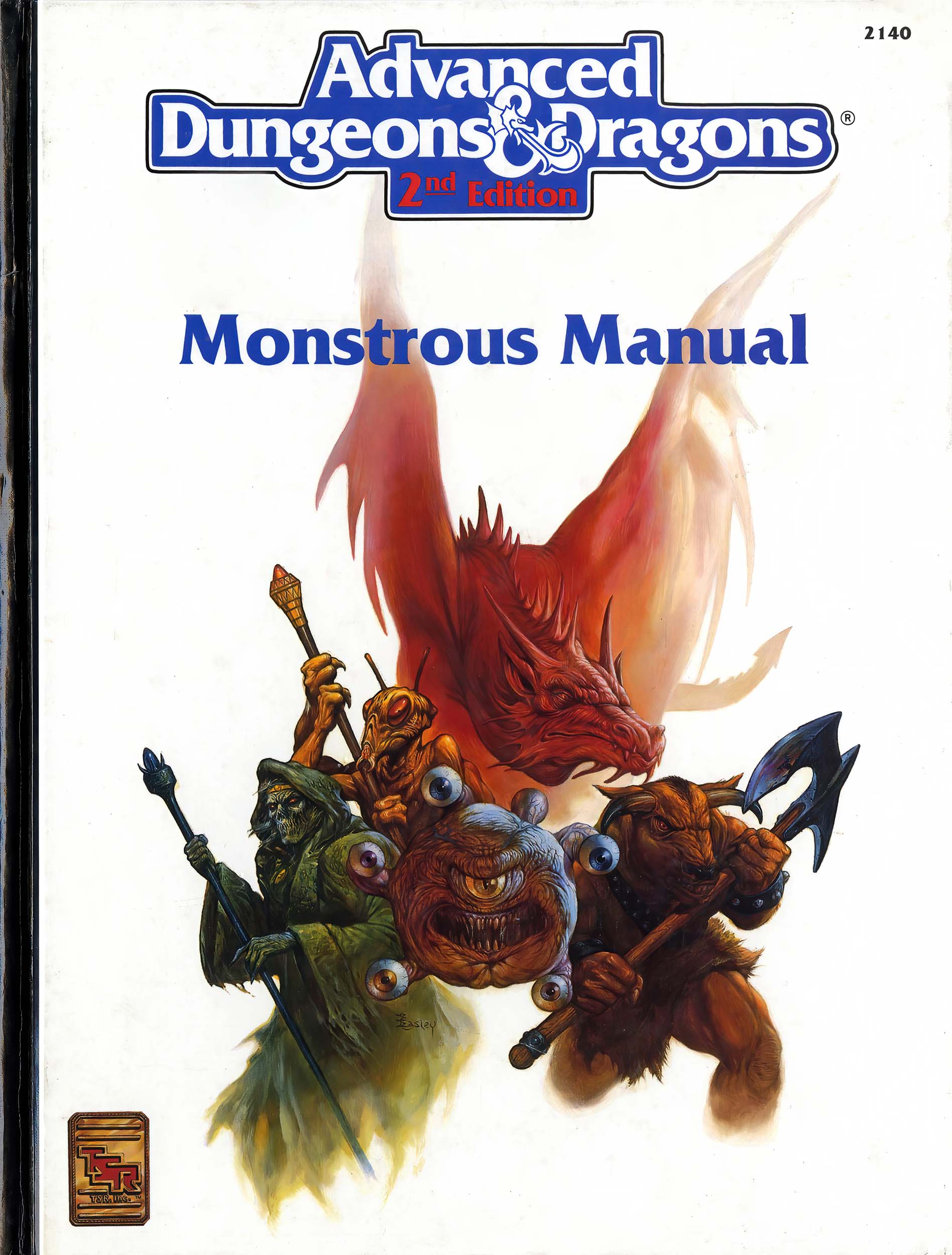
We’re continuing our behind-the-scenes tour with more humanoid monsters. Big baddies like:
ILLUSTRATION #22: Bugbear
Bugbears have been present in D&D since its earliest incarnation, described as “…great hairy goblin giants”. Early depictions show them with a Jack-o’-Lantern for a head. I’m serious. Google it.
(Gygax would later clarify that: “The name comes from folklore, but the remainder is my creation. When I told the artist that it had ‘like a pumnpkin’ [sic] he took it literally rather than as figurative for a large, oval head.“)
Anyway, Project Coordinator, TSR staff Game Designer, and All Around Good Guy, Tim Beach, liked my bugbear sketches and gave me the go-ahead to create the finished piece. You’ll note a blue X next to the inked drawing, indicating the exact one he liked.
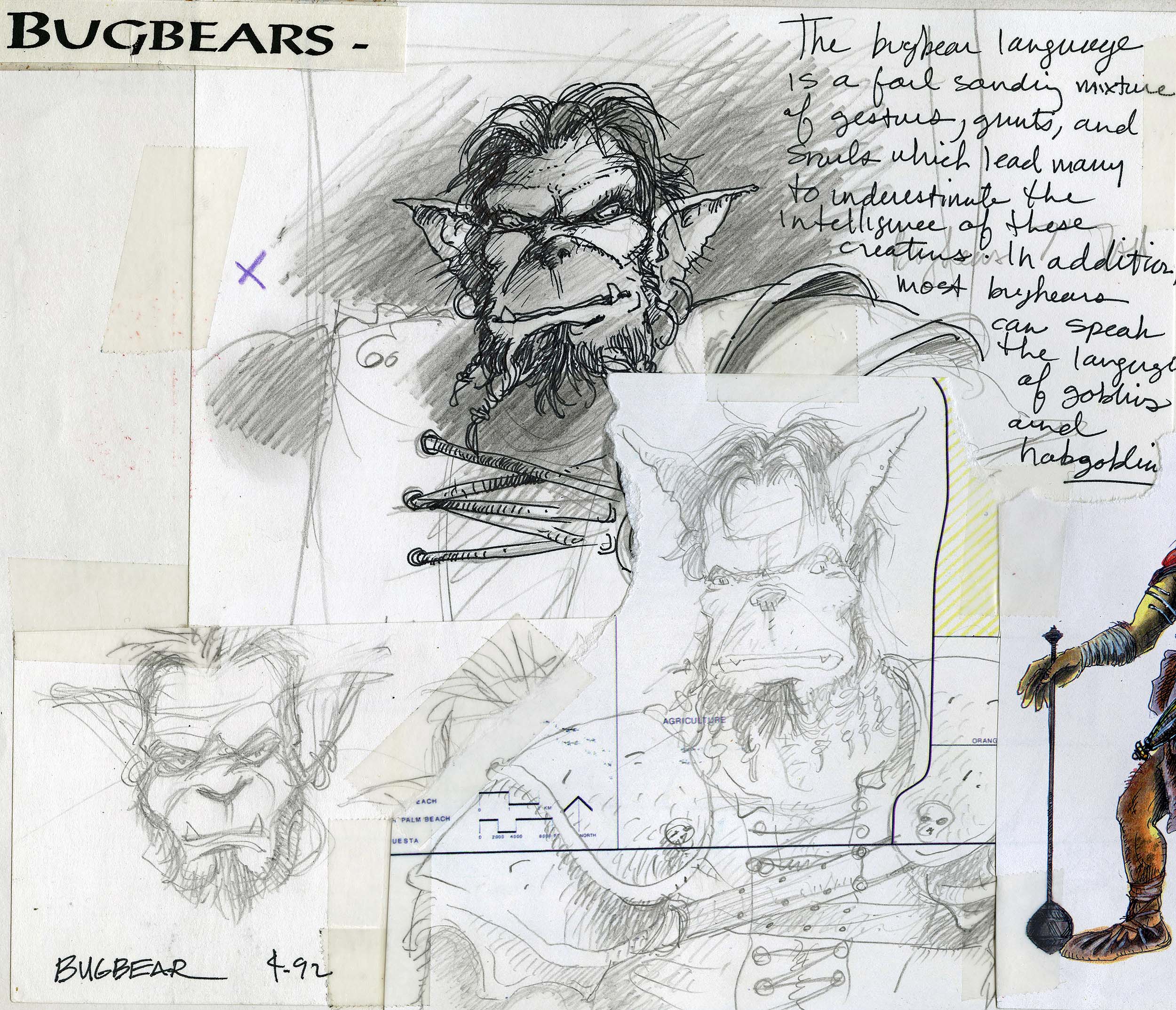
That sketch, along with the orc, goblin and kobold sketches from the previous post, was used in a color art sample that I sent to TSR in September of 1992.

Once the sketch had been approved, all I needed to do was figure out what the rest of the bugbear looked like. Thankfully I had a burgeoning collection of reference books (because the convenience of Googling any sort of reference was nearly 20 years away). Dover Publications released dozens of affordable books that were available at my local art store. Packed full of copyright-free images, they featured a variety of subjects: animals, plants, children, transportation, and costuming:
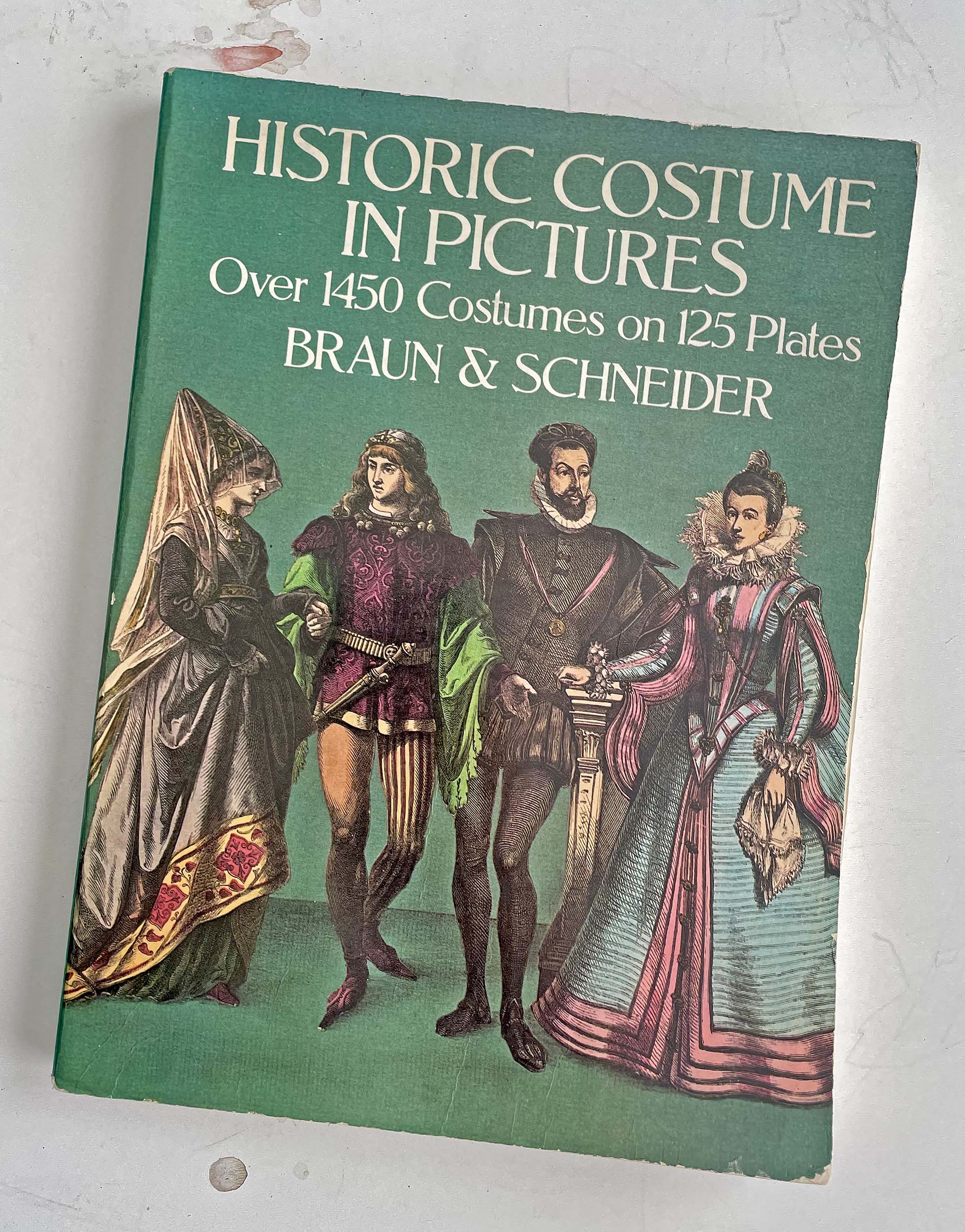
These books would prove invaluable during my years working for TSR, starting with the Monstrous Manual. I’ll share many source images that I used, starting with some “Ancient Germans”. You just know these guys only listen to nothing but heavy metal music.

The guy in the back…no, not spear-guy, the other guy…that’s our bugbear. I should have kept the man-bun in the finished piece.
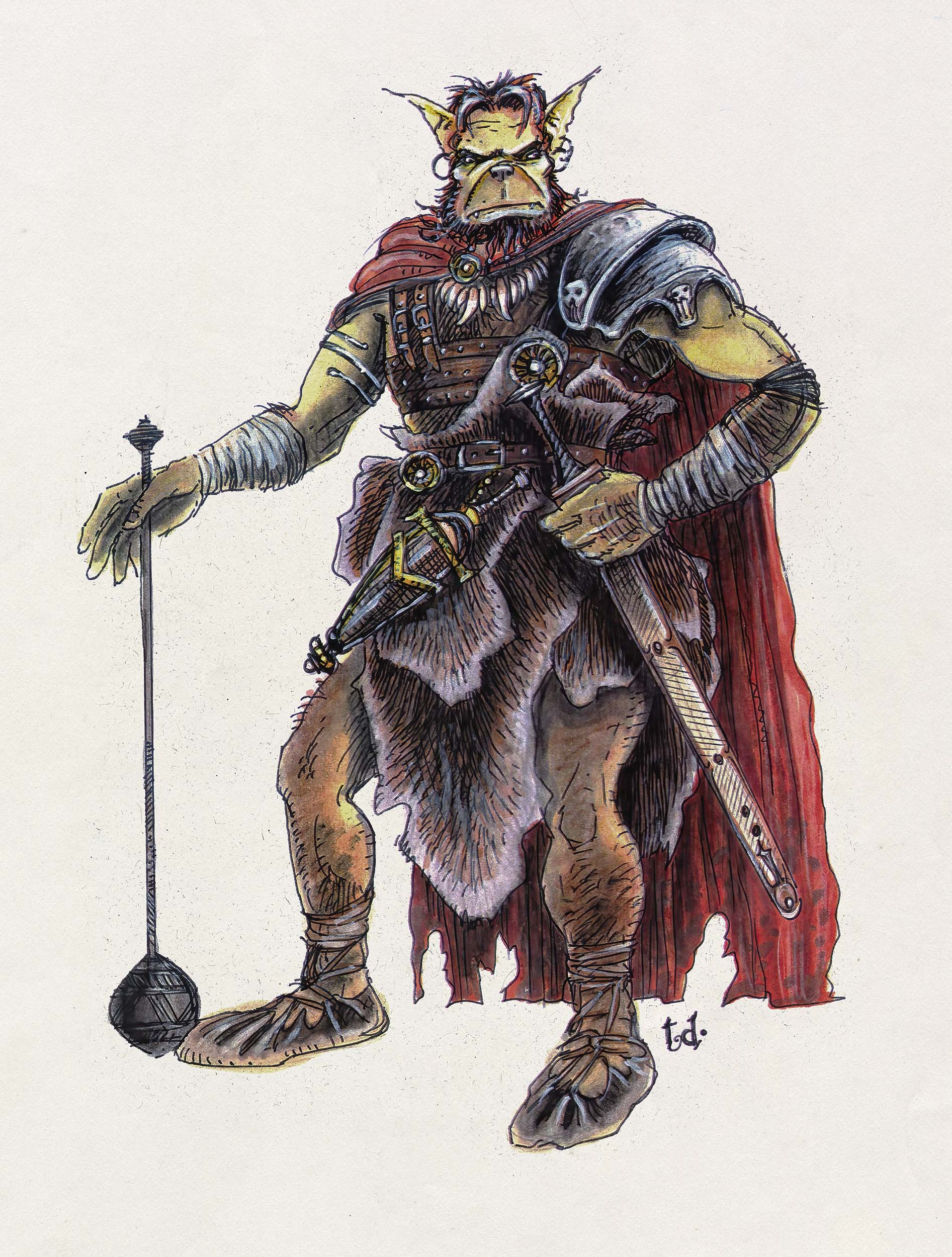
* A few of these scans, like Mr. Bugbear here, are from color laser copies–the only high-res(ish) record I have of some of this art. If you, or anyone you know, owns an original piece, please contact me at: studio@diterlizzi.com
ILLUSTRATION #129: Gnoll
I hope my love of drawing monsters is coming through loud and clear by now. My goal in this book was to make them as fascinating as any player character and I feel the illustration of the gnoll exemplifies that.
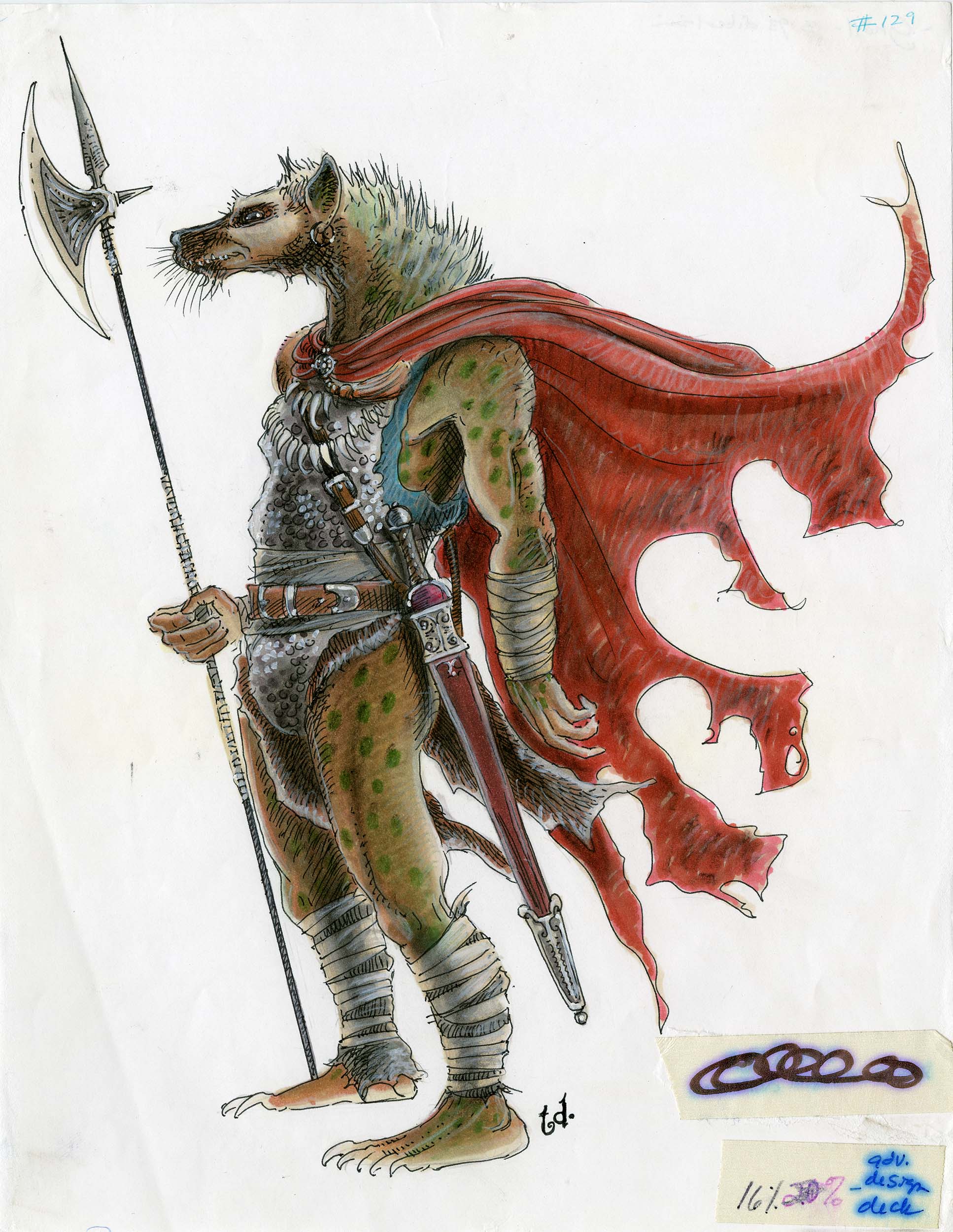
Like the bugbear, the D&D gnoll appeared in the 1974 edition of the game (described as a “…cross between a gnome and troll”) and acknowledged writer Lord Dunsany for the creature’s origin (from The Book of Wonder)…though Gygax would later say, “The name inspiration for the gnoll came from the short story in the Magazine of Fantasy & Science Fiction, ‘The Man Who Sold Rope to the Gnoles’.”
During the time I worked for TSR, I was never quite sure how that early description morphed into a hyena-like humanoid of the 1977 Monster Manual.
Many years later, Gygax elaborated on the change: “The original gnoll was a strange critter in a (rather bad) novel that I wrote and was in part run in Dragon magazine’s early numbers. I didn’t find that creature a suitable humanoid for the D&D game, so I revised gnoll into a hyena-like humanoid. (I find hyenas most unappealing in all respects, including their stench )”
There were a number of gnoll sketches in my ’92 sketchbook, including a finished drawing from my initial art submission to TSR.
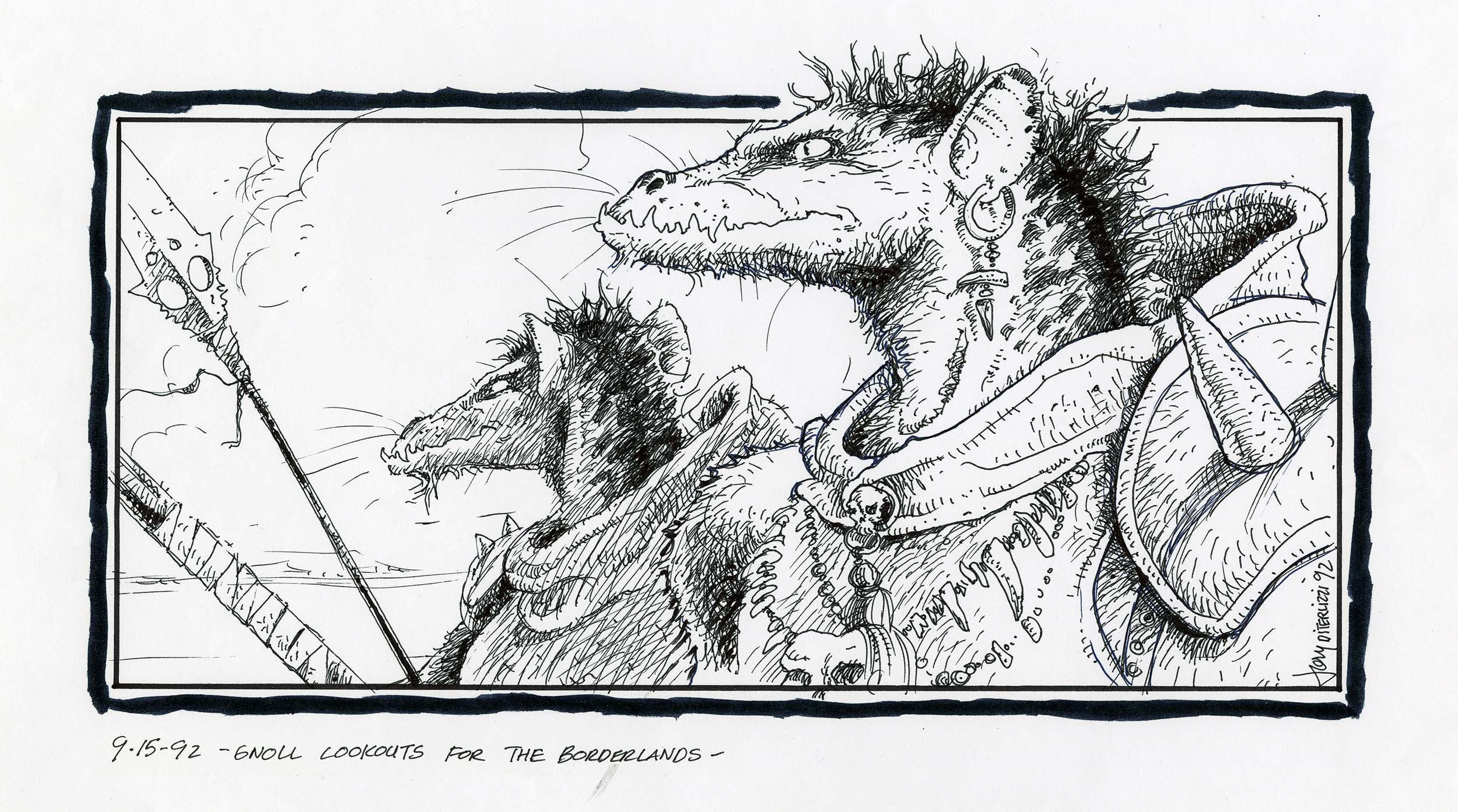
There are not a lot of notes from Tim, other than approving this sketch here:

But, over the years, many have told me that the gnoll illustration was one of their favorites in the book, too. I realized that the appeal of an image is not something I can plan or even control–sometimes the art just hits right with the intended audience. I would experience this again in 1994 with my depiction of the Cat Lord for Planescape…but that’s another story.
ILLUSTRATION #290: Troll
“[Referring to how he invented the Troll] ‘The Three Billygoats Gruff’ where the Great Ugly Troll has a nose as long as a poker and Three Hearts & Three Lions most assuredly.”
–Gary Gygax, 2007
The regenerating troll of D&D lore has its roots from Poul Anderson’s 1961 novel, Three Hearts and Three Lions.
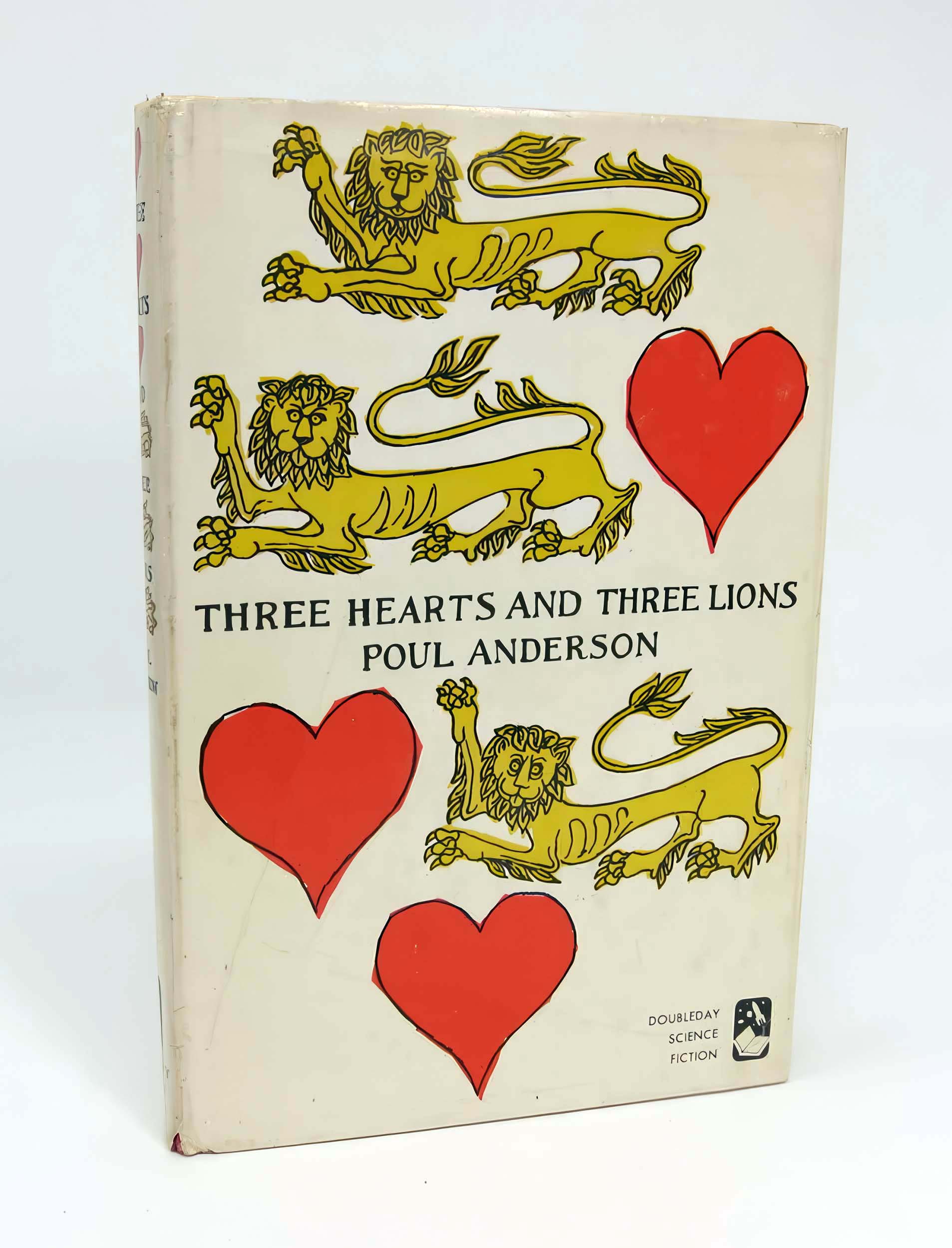
In this novel, a WWII resistance soldier is transported to a fairy realm and encounters many fantastic and terrible monsters including:
The troll shambled closer. He was perhaps eight feet tall, perhaps more. His forward stoop, with arms dangling past thick claw-footed legs to the ground, made it hard to tell. The hairless green skin moved upon his body. His head was a gash of a mouth, a yard-long nose, and two eyes which were black pools, without pupil or white, eyes which drank the feeble torchlight and never gave back a gleam.
Gygax added that the nixie, kelpie and swanmay also originated from this book.
An ink drawing of a troll was featured in my first submission to TSR, drawn in the square box format of a Monstrous Compendium entry.
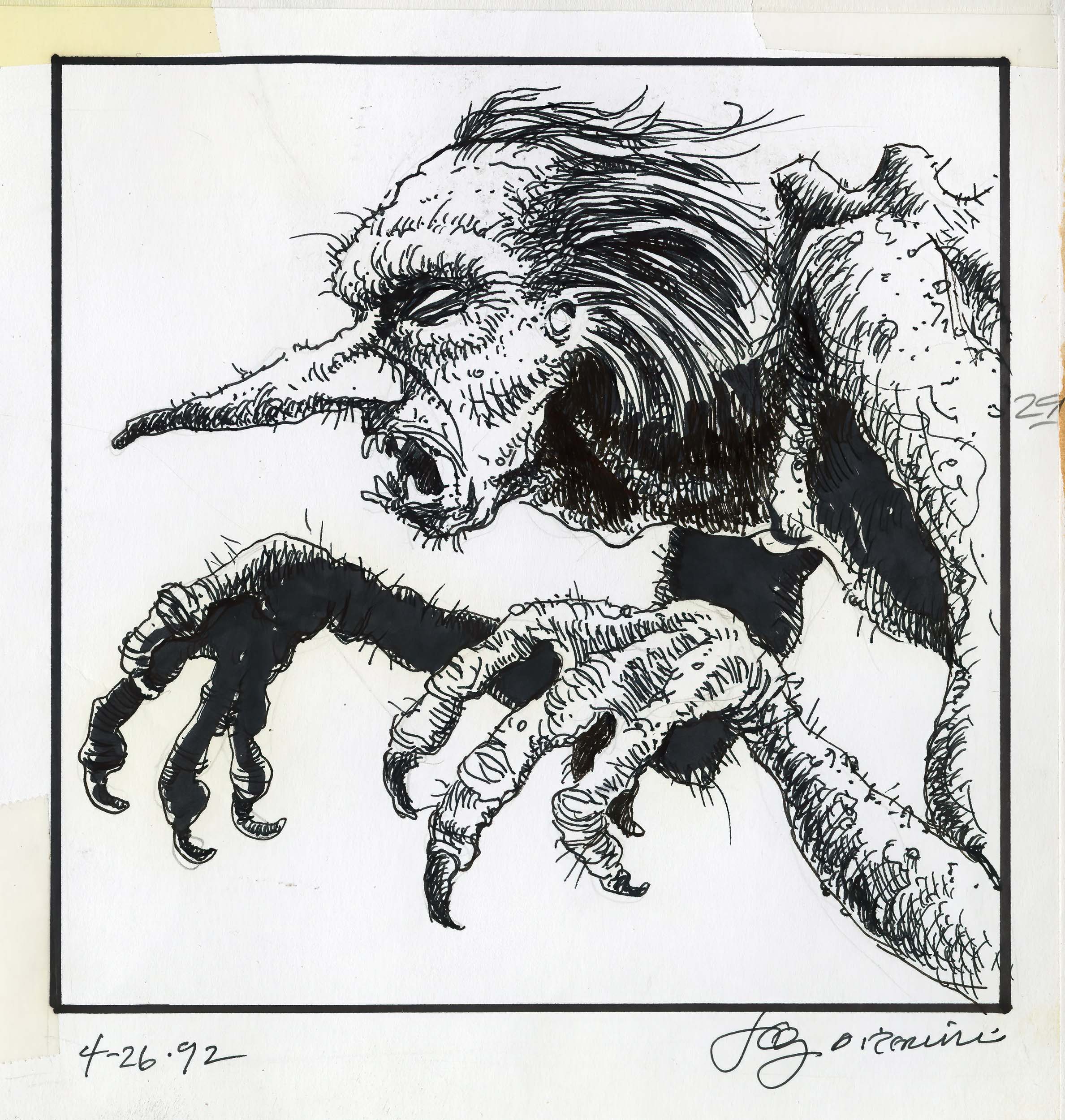
Tim noted some of the drawings in my sketchbook, saying: “Your trolls are good and so is the MC illustration [above]; remember, flat black, sunken eyes, and when doing the hair, think of a sea anemone, with slender tendrils.”
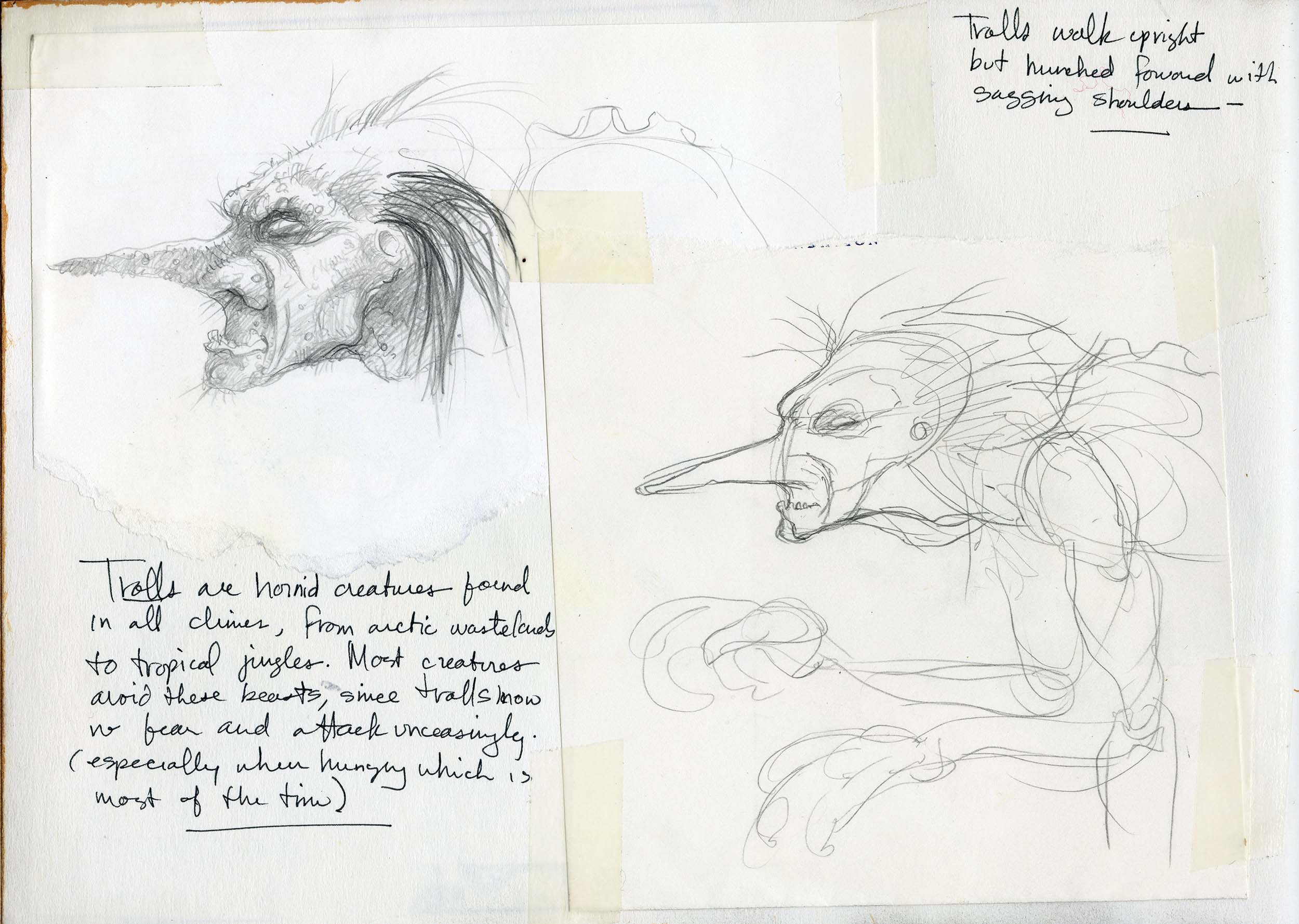
Inspired by Leonardo’s da Vinci’s 1510 drawings detailing the shoulder, neck and arms…
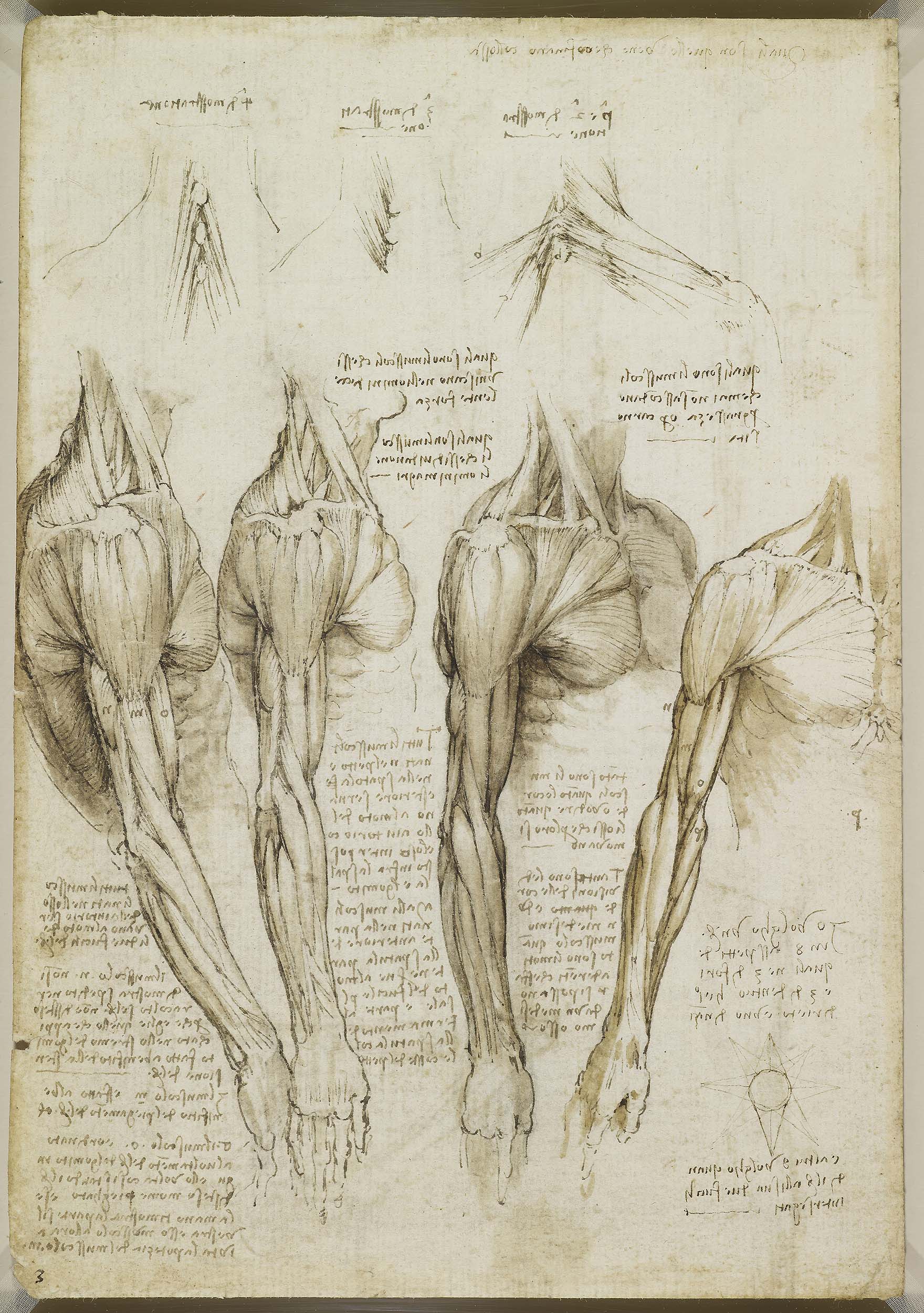
…I completed my sinewy drawing of a troll.
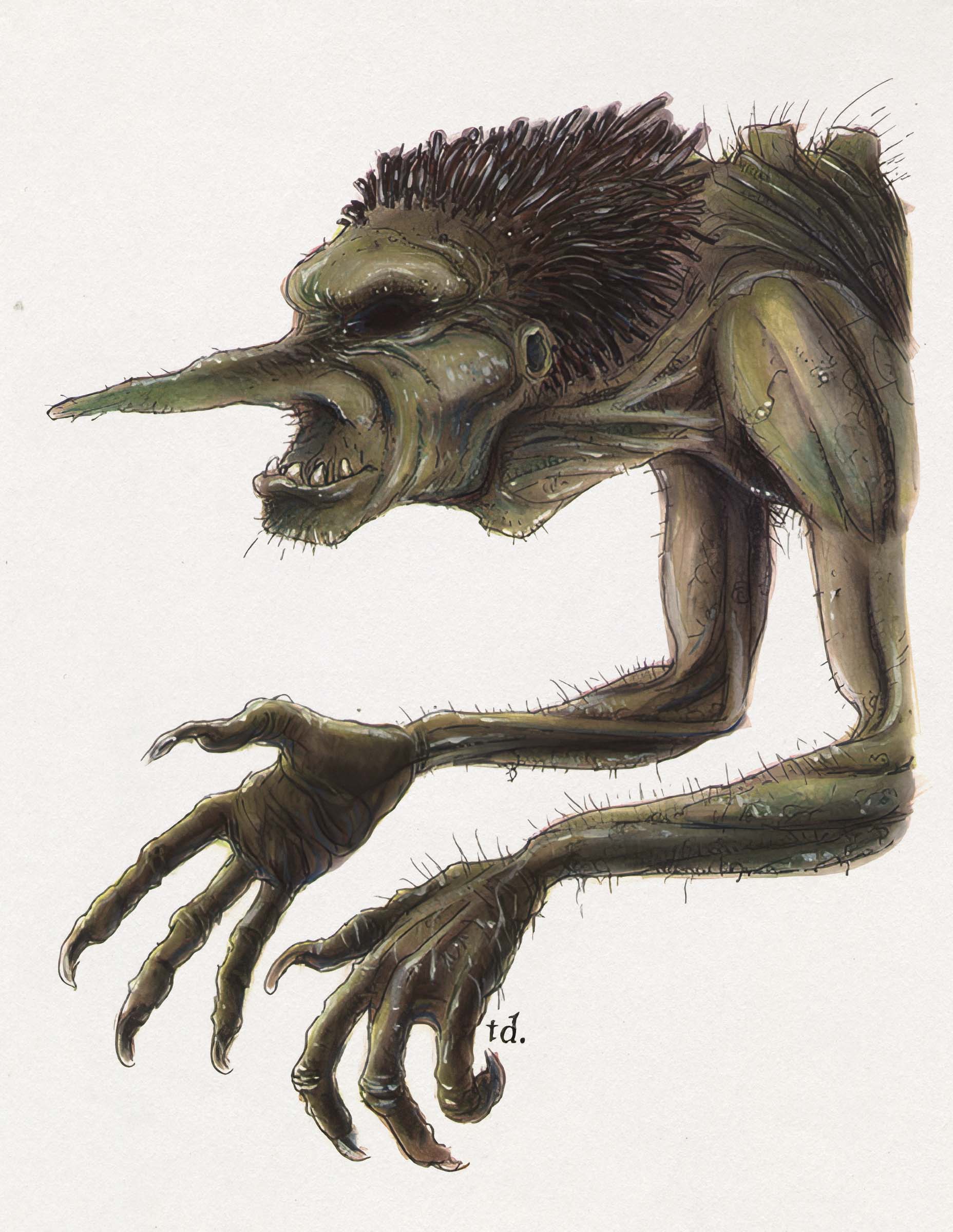
…but after sending it in, Tim told me that all illustrations needed to be full-body depictions, not a close-up (though we would break this rule with the Mephit Imps, so go figure). It was back to the drawing board for me. Judging from my correspondence with Tim and the evolved-style of my initials, the revised drawing below was done near the end of the job. More on those initials later…
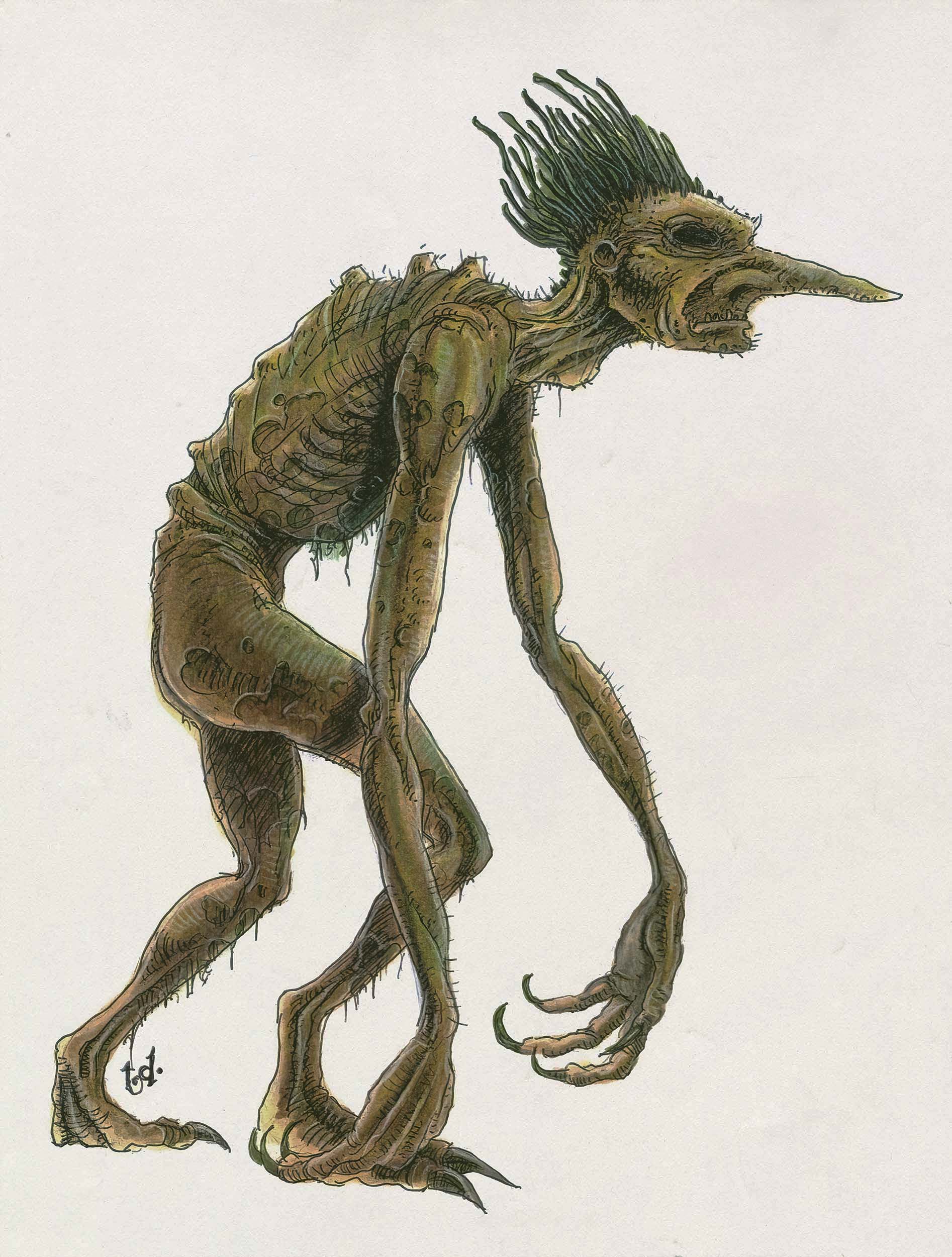
Even so, Tim asked for longer hair tendrils. You can see the original hair length and then where I rendered additional stalks to satisfy Tim’s request.
PS: As mentioned in the last post, once all the color art was approved, the originals were packed up and sent to TSR in alphabetical order. For the troll entry, I included a finished drawing of a Treasure Troll. complete with wild green hair, and placed the actual illustration at the bottom of the stack. This caused laughter then slight panic from Tim, wondering where the heck the real art was, until it was revealed at the end. Sadly, the Treasure Troll is lost but it wasn’t the only gag I sent in…we’ll get to that at some point.
ILLUSTRATION #219: Ogre
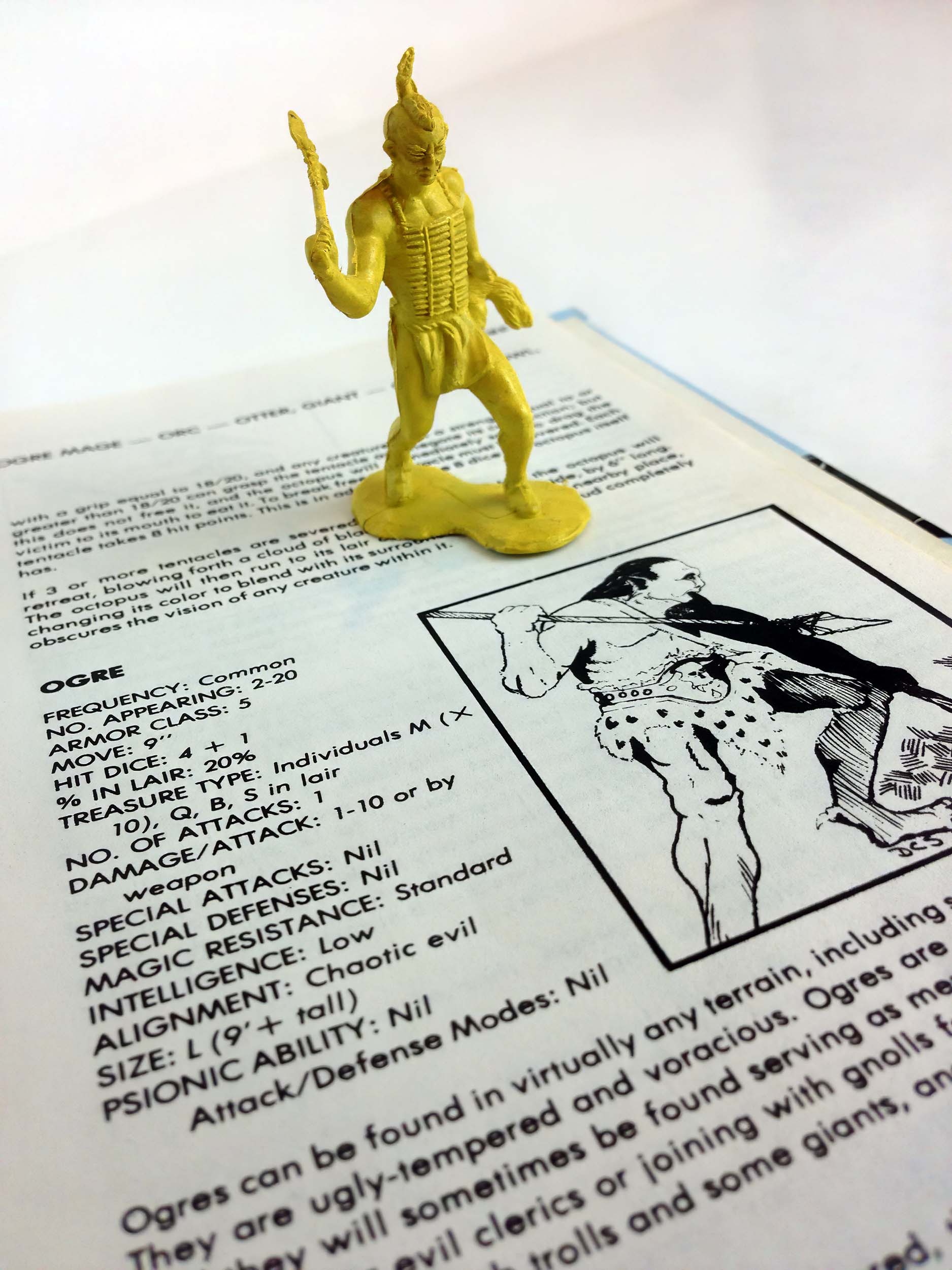
“I made a 90mm Elastolin Viking figire [sic] into a blue giant with a club, a stegosaurus into a winged red dragon, 60 mm plastic Indians into ogres, etc.”
–Gary Gygax, 2007
Our final large humanoid is a classic fairy tale beast, the ogre, which has been present in D&D from the beginning.

I had sketches of ogres in my ’92 sketchbook but Tim preferred my drawing of a Hill Giant instead, saying: “Your hill giant is a pretty good ogre; watch the exaggerated features a bit.”
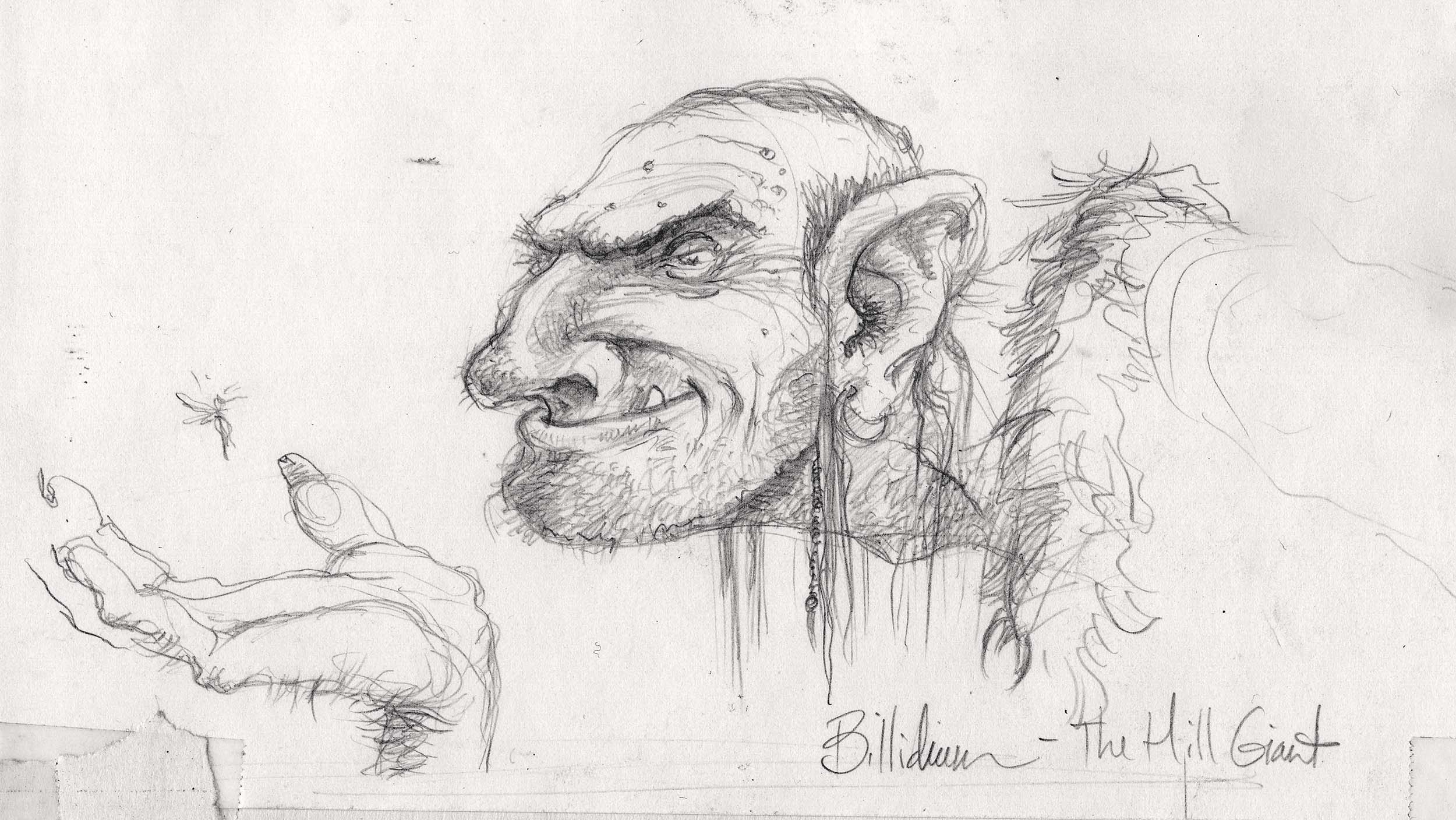
I added some elements to remind the viewer of the scale, like a bearskin and severed human heads. The influence of Brian Froud and Arthur Rackham is pretty evident in this one.
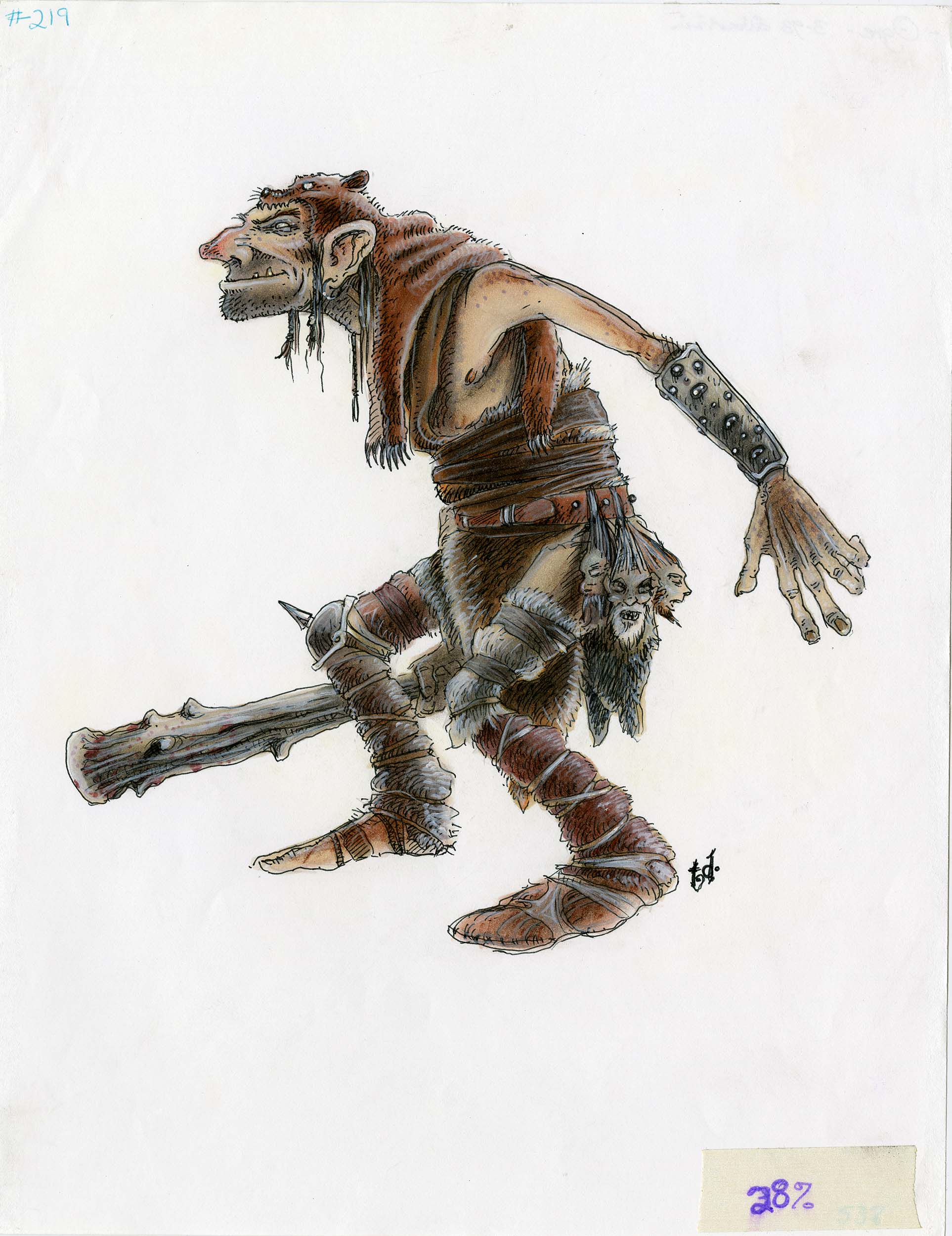
Back to main news page

 Menu
Menu Connect
Connect
























